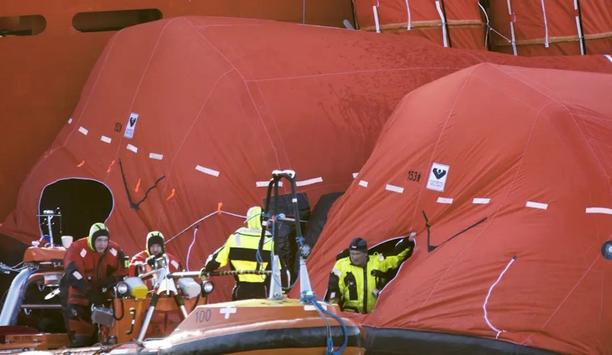The European Commission published a call for proposals under the “Connecting Europe Facility” (“CEF”) transport funding programme to support the deployment of alternative fuels supply infrastructure and contribute to decarbonisation along Europe’s most important transport network (the “TEN-T network”). The programme is closely tied to the new regulatory framework for the transport sector in the EU’s “Fit for 55” package, which sets ambitious standards regarding the use of alternative fuels and the deployment of adequate infrastructure (AFIR, FuelEU Maritime and ReFuelEU Aviation).
Overall, the call for proposals under the CEF programme provides a valuable funding opportunity for port operators within the TEN-T network as well as shipowners supporting the decarbonisation process and lowering the cost of compliance with the strict EU regulations. The available budget for the funding is €1bn. There are three cut-off dates for projects eligible for funding: 24 September 2024; 11 June 2025; and 17 December 2025. The co-funding rate amounts to up to 30% of the cost of works, vessels and equipment. In certain circumstances, up to 70% of the costs are eligible.
Projects eligible for the funding
Specific needs relating to the location of the infrastructure in care of the TEN-T network
The programme aims to facilitate the roll-out of alternative fuels infrastructure, particularly for maritime and inland waterway transport. To that end, the call for proposals covers a wide range of activities in the infrastructure and transport sector supporting the decarbonisation process. New funding opportunities will be available, for example, to onshore power supply (“OPS”), hydrogen refuelling stations as well as ammonia and methanol bunkering facilities in ports. There are specific requirements relating to the location of the infrastructure in respect of the TEN-T network, as defined by the Regulation (EU) 1315/2013 of 11 December 2013 on Union guidelines for the development of the trans-European transport network (“TEN-T Regulation”) as applicable at the respective cut-off date.
The call also covers the construction of certain types of new vessels and refitting if it is demonstrated that an initial number of vessels is needed to kick-start the use of the supported recharging/refuelling infrastructure. Moreover, specific activities are eligible as synergetic elements, including both on-site electricity generation and on-site hydrogen production based on renewable energy sources as well as sustainable use of water resources, electricity grid connection and on-site electricity storage equipment.
Who can apply?
The activity must be supported by financing from an “Implementing Partner” or another public
Eligible participants are legal entities (public or private) established in an EU member state (including overseas countries and territories) or a third country associated with the CEF programme. Importantly, in general, the activity must be supported by financing from an “Implementing Partner” or another public or private financial institution of at least 10% of the proposed project cost duly approved by its governing body in line with its own rules, policies and procedures.
National promotional banks, the European Investment Bank (EIB) and the European Bank for Reconstruction and Development (EBRD) will be Implementing Partners and will facilitate these operations.
The evaluation process and further procedure
The relevant criteria for the check are priority and hurry, maturity, catalytic mark, impact and quality
The relevant criteria for the assessment are priority and urgency, maturity, catalytic effect, impact and quality. For the first cut-off date, the evaluation is scheduled for October–November 2024 with results being announced in January 2025. The selected projects will be invited for grant preparation, at which time they will be asked to prepare the Grant Agreement (“GA”) together with the EU Project Officer.
The GA will set the framework for the grant and its terms and conditions, in particular concerning deliverables, reporting and payments as well as the grant parameters (the maximum grant amount, the funding rate and total eligible costs). The GA signature is scheduled for May–June 2025. The project’s start date cannot be earlier than the application date and it should end within 39 months from the respective cut-off date.
Reimbursed at the funding rates
The grant will be a “budget-based actual cost grant” meaning that it will reimburse only eligible costs and those that were actually incurred for the project (but not budgeted costs). The costs will be reimbursed at the funding rates fixed in the GA up to a maximum of 30% of the cost of works, vessels and equipment or 70% in the case of outermost regions.
WFW’s transport, energy, infrastructure and regulatory experts are available to provide further information on the details of the support scheme and to assist with the application for the programme.










